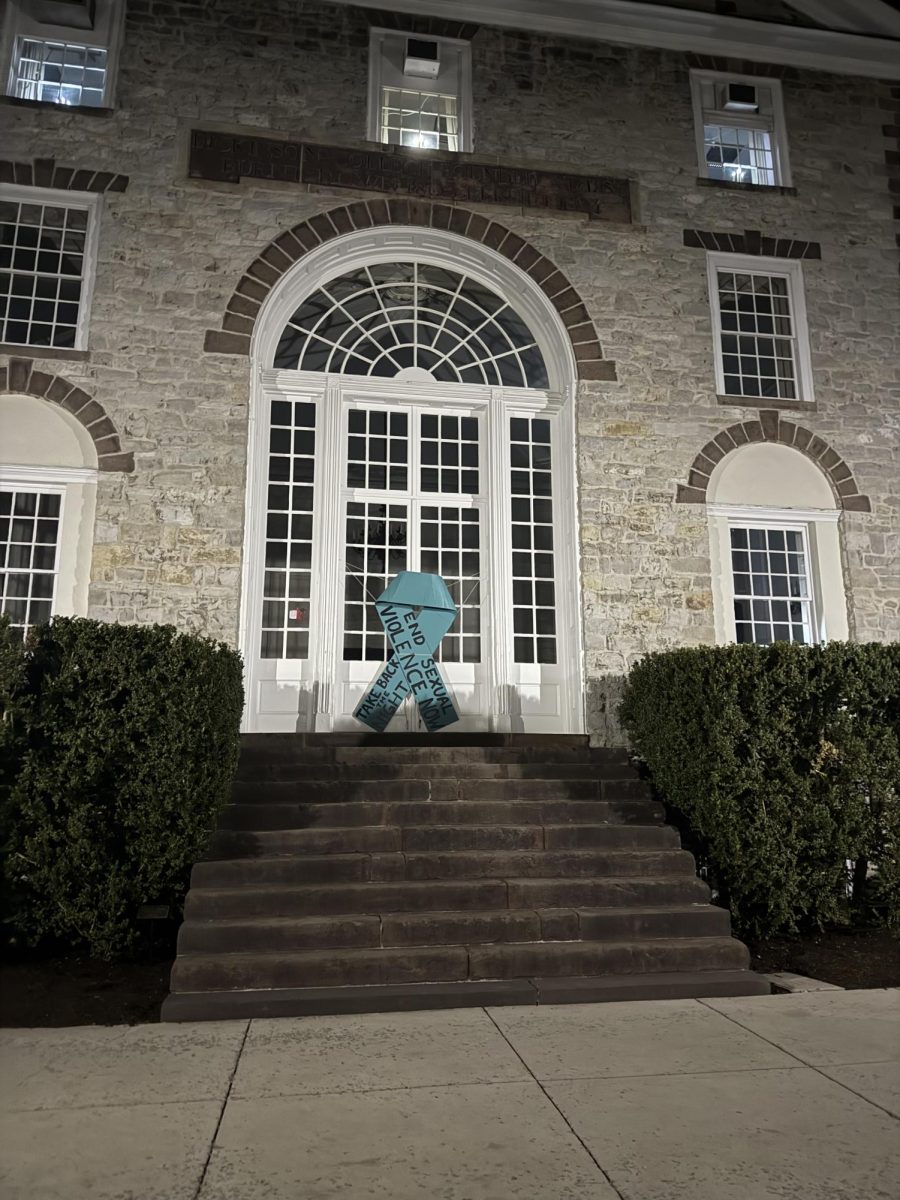The Mid-Autumn Festival is a public holiday that has occurred across China and several other East Asian countries for thousands of years where one may find lanterns a-glow, families laughing and preparing a meal, fables and folktales and a time to recognize the importance of those they love and togetherness. The Mid-Autumn Festival is a public holiday in China as well as Taiwan, Korea, Japan, Singapore, Vietnam, Cambodia, Malaysia, Indonesia and Thailand. Usually celebrated for around three days for families to travel and join each other, the festival started as a sacrificial royal ceremony to give thanks to the successful harvest at a time when agriculture was the dominant industry as well as a mode of subsistence living. In a world much evolved from the time of the Chinese Song Dynasty, the festival still means a great deal to the East Asian diaspora and innate human and social values.
The 11th century Chinese poet Su Shi once wrote of the connective spirit of the moon with words that are just as meaningful today when longing for a reunion with those close to your heart. Agnes Zhang ’26, President of the Chinese Students and Scholars Association (CSSA) grew up in the Canton province of mainland China. She said that she still finds strong symbols drawn from Su Shi, saying “wherever you are [when] looking at the moon during Mid-Autumn Festival, your feelings, how much you miss your family or another person, are passed up to the moon and sent to [them] because you’re looking at the same moon.” This lyricism from ancient writings, according to her, helps people define the beauty of connection through one of nature’s most powerful forces.
Zhang said she Facetimes her family over the holiday and when she is with them, she eats a family meal and makes mooncakes at home. She describes the festival as a sort of “Chinese Thanksgiving,” with emphasis on the need for unity to live happily. Students may have crossed paths with the CSSA tabling at Britton Plaza last Friday, where they offered mooncakes, artwork and cultural connections. Zhang wore a Hanfu-style dress and jacket, on which hung a shining sparrow broach. “[The Mid-Autumn Festival] is culturally important to us, we want to share these feelings with the rest of campus and bring cultural awareness… perhaps people can call their families tonight!” Although sad she didn’t have the day off, Zhang was happy to engage her peers in the special bits of a joyful holiday. The mooncakes were a hit.
Nan Ma, Associate Professor of East Asian studies, whose teaching and research fields include modern Chinese literature, visual culture and performance studies, commented on the dates of this year’s festival, saying “this year, the festival is very close to the Chinese national holiday, October 1, marked in 1949 for the establishment of the People’s Republic of China.” Due to the overlap with a federal holiday, Chinese workers may have around one week off, providing more of an opportunity to travel in order to spend time with loved ones.
Ma particularly appreciates the poetry and writing aspect of the holiday, as it gives a voice of “what this holiday really means, and also the heritage from the tenth century to today.” Mooncakes are also greatly appreciated by Ma. The famous traditional dessert comes in several regional varieties, but is always beautifully made.
The Stern Center hosts small gatherings for Global Studies students during the week of Mid-Autumn Festival, sharing delicacies and learning more as they gather to celebrate. Ma said “This is my tenth year doing this with students… eight years here at Dickinson.” She came to the United States in 2007, growing up in Xi’An in central China. It is hard to be away from her family back in China, “usually they celebrate together, post pictures… but I really like having my students celebrate with me because for the first years it’s a new thing, and for the second, third and fourth years, it has become a tradition… I see my language students here as a family.” Even far away, Ma’s family is in her heart and it is encouraged for all to think dearly of those who might be missing when the Moon is full, for as Su Shi wrote, they might feel your presence as it shines above them as well. Dickinson has received lower numbers of Chinese international students in recent years, mainly due to U.S.-Chinese diplomatic relations. However, the large East Asian student body as a whole is a strong and varied celebratory presence felt the week of Sept. 29.
Many reminisce about folktales from childhood about the harvest moon. Chang-E and Jade Rabbit are two popular tales worth hearing. Professor Ma remembers walking down her home streets and seeing glowing lanterns outside of houses, signifying gatherings with good food and joyous reunions. “I celebrate with my family in the U.S., I do not think it is particularly important for one day to do so, because the meaning will always stay with me. It is part of classical Chinese Culture. I do feel Chinese people value that.” While Ma follows by saying this sentiment might just be her own, conversations with Vietnamese international students, other CSSA members and the East Asian community at Dickinson and in Carlisle prove a shared love of this time.
Outdoor parties and games have been hosted on campus in the past, and many festivities have been introduced over the years. A workshop on Japanese contemporary dance was held during the week – a beautiful inclusion of art in the globally connected community seen on campus. While the East Asian studies faculty may be tired from the week’s full-run, Dickinson is filled with appreciation for the changing of the seasons and the presence of different people and practices to engage with and learn from. It is advised to eat a mooncake before the moon turns crescent once more.






